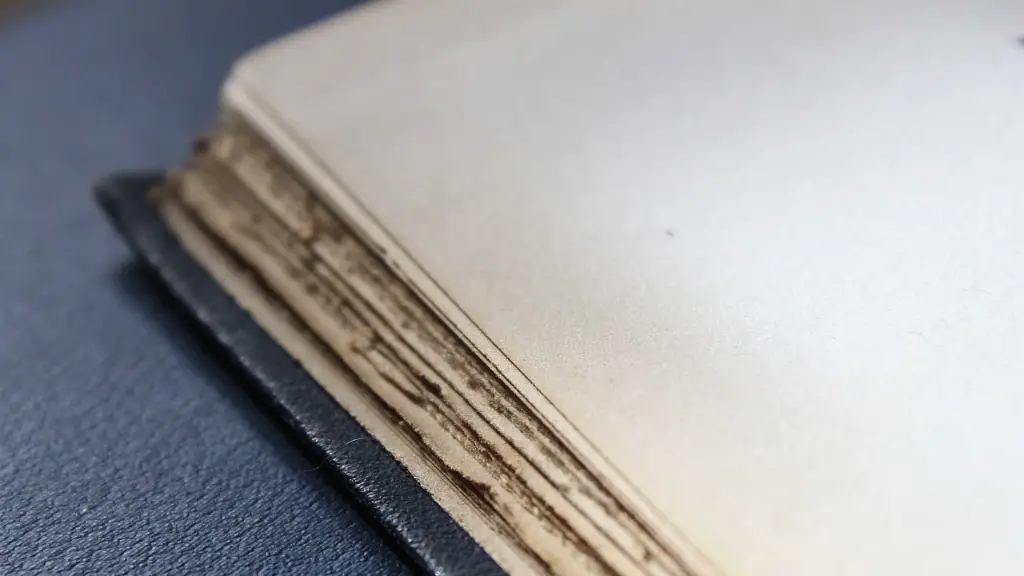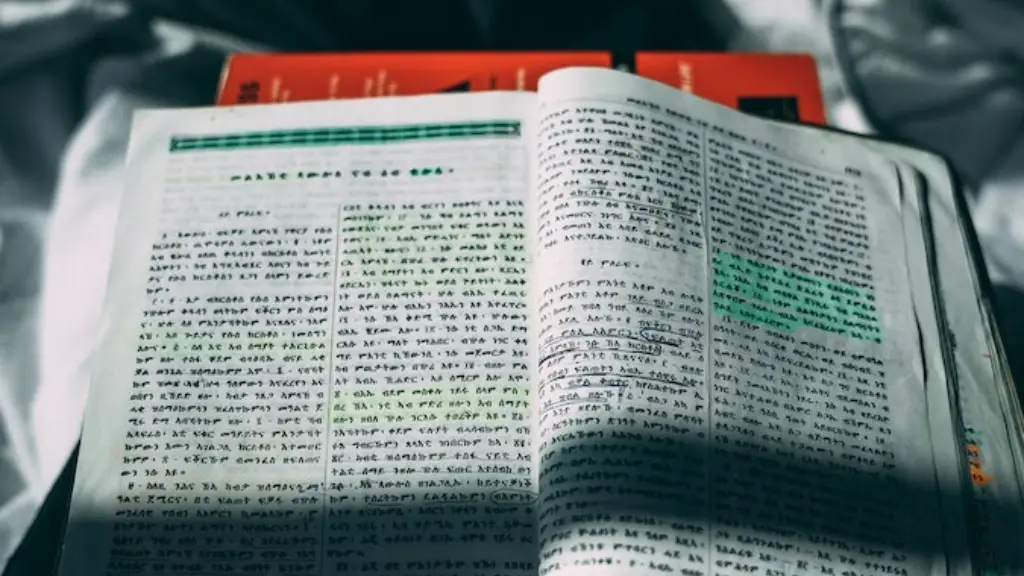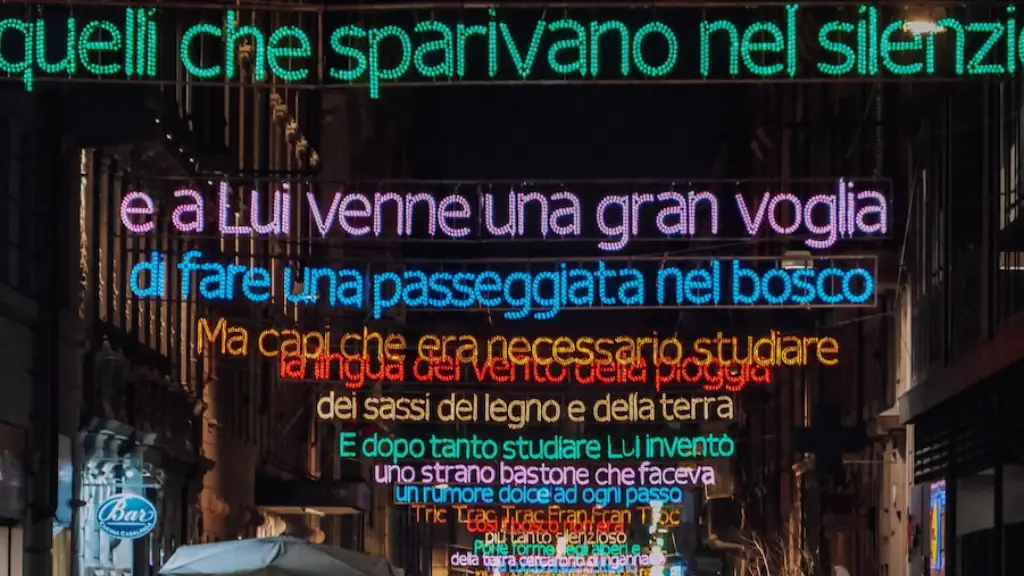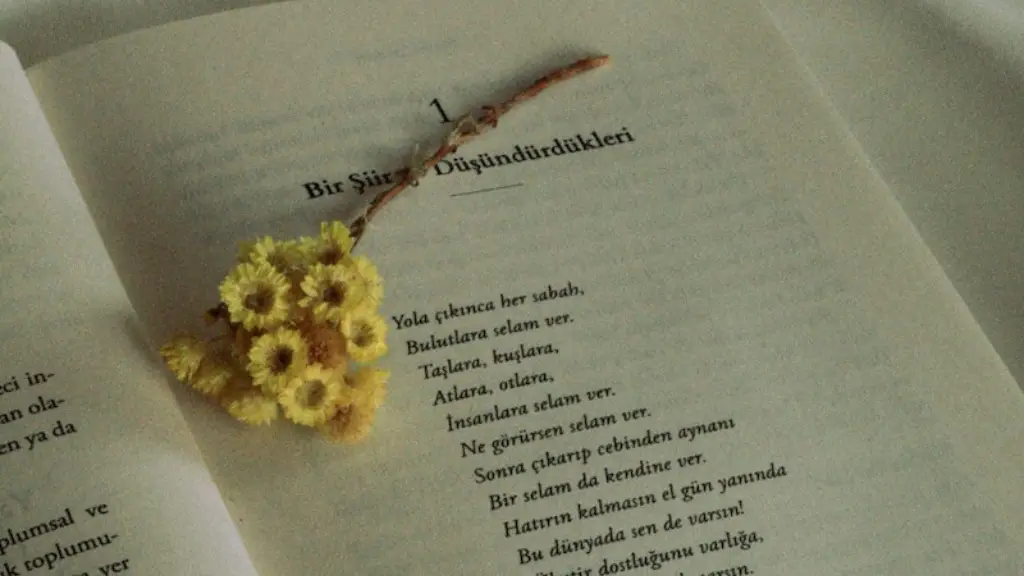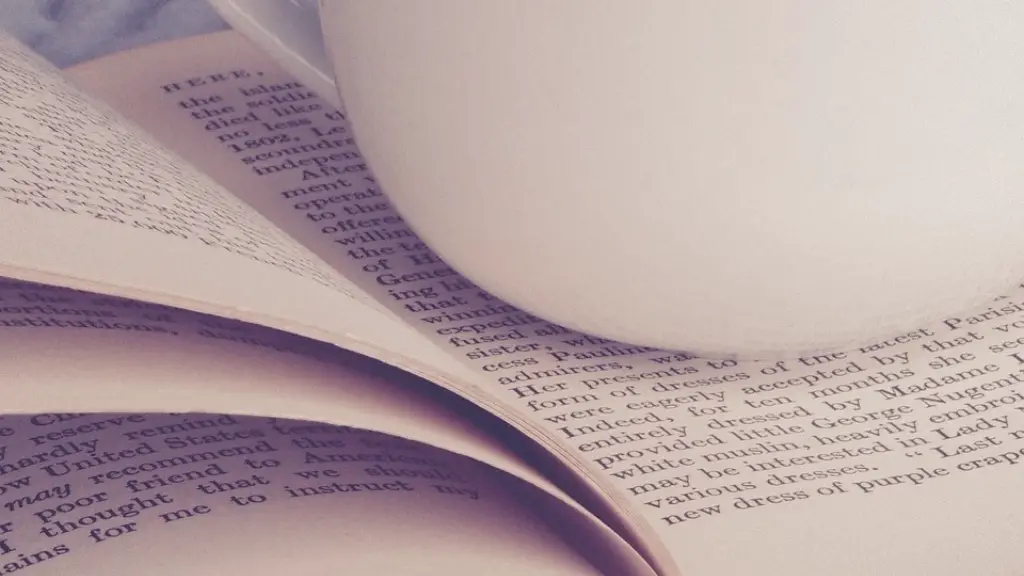Emily Dickinson was an American poet who wrote many poems during her lifetime. She is considered one of the most important American poets of the 19th century. Dickinson’s poems are known for their unusual style and for their often dark and mysterious themes.
Emily Dickinson wrote her poems largely in solitude, and without intention of publication. She wrote in a small notebook, which she called her “fascicle,” and later assembled into hand-bound volumes. She would occasionally give her poetry to close friends to read, but otherwise kept her writing to herself.
What was Emily Dickinson’s writing style?
Emily Dickinson’s writing style is most certainly unique. She used extensive dashes, dots, and unconventional capitalization, in addition to vivid imagery and idiosyncratic vocabulary. Instead of using pentameter, she was more inclined to use trimester, tetrameter, and even dimeter at times. This made her style very difficult to imitate, but also very interesting to read.
Dickinson was a prolific reader, and her poetry was heavily influenced by the Metaphysical poets of seventeenth-century England, as well as her reading of the Book of Revelation. Dickinson’s upbringing in a Puritan New England town encouraged a Calvinist, orthodox, and conservative approach to Christianity, which is reflected in her poetry.
What is special about Emily Dickinson’s poems
One of Dickinson’s special gifts as a poet is her ability to describe abstract concepts with concrete images. In many Dickinson poems, abstract ideas and material things are used to explain each other, but the relation between them remains complex and unpredictable. This allows Dickinson to create poems that are both intellectually challenging and emotionally resonant.
Dickinson’s use of poetic devices creates ambiguity in her poetry, which in turn increases the uncertainty of her subjects. Her use of imagery, enjambment, and dashes all contribute to this ambiguity, making it difficult to determine the true meaning of her poems.
What are two common themes in Dickinson’s poetry?
Dickinson’s poems certainly address many of the same themes as her contemporaries, but her unique style sets her apart from other writers of her time. Her use of unconventional grammar and syntax, along with her focus on the inner life and experience, give her poems a fresh and original perspective.
Emily Dickinson was one of the most important American poets of the 19th century. Though only ten of her poems were published during her lifetime, her work has since been recognized as some of the most original and influential poetry in the English language. Dickinson was born in Amherst, Massachusetts, into a prominent and prosperous family. Her father was a United States Senator, and her grandfather was the founder of Amherst College. The Dickinsons were devout Calvinists, and religion played a central role in Emily’s early life. She was educated at Amherst Academy, where she developed a love for botany and nature. In 1848, she began attending Mount Holyoke Female Seminary, but she left after only one year. Emily became increasingly reclusive in the 1850s, and she rarely left her home or had visitors. It is believed that she may have had several mysterious love affairs during this time.
What is Emily Dickinson most famous quote?
It’s so easy to lose hope when things are tough. But Hope is the thing with feathers that perches in the soul. It never stops singing, even when things are tough. So never give up hope, because it’s the thing that will keep you going when everything else fails.
Emily Dickinson was a groundbreaking poet who was ahead of her time in terms of her use of language and her ability to capture complex emotions. She is known for her inventive use of words, her beautiful and enigmatic imagery, and her unrivaled command of rhyme and meter. Her work is intensely personal and often deals with themes of death and loss, which gives it an added poignancy and power. Dickinson is considered one of the most important American poets of the 19th century, and her work is still revered and admired by readers and critics today.
What is the tone of Emily Dickinson’s poems
Emily Dickinson is a unique poet who has a couple of different tones in her poetry. She has death and suffering poems, in which she is quite pessimistic and depressing, very dark and gloomy. But she also has some poems that read like tiny essays with a cognition above and beyond all other poets.
There is no one perfect way to learn. Different people learn in different ways, and what works for one person might not work for another. The best way to learn is to experiment and find what works best for you. There is no shame in trying different methods and failed, because ultimately, the only thing that matters is that you learn the material.
What are the characteristics of Dickinson’s style?
A four-line stanza is a poem that is made up of four lines. The use of personification is when the poet uses human characteristics to describe an object. A varying rhythm is when the poem doesn’t have a set rhythm, and it can change from line to line.
The characteristics of Emily Dickinson’s poetry are that they are often unconventional in terms of their themes, focus on the individual rather than the collective, and make use of transcendental and spiritual ideas. Her poems also often have a strong element of realism, and make use of symbolism to communicate their message.
What are the 5 techniques of literary
Similes and metaphors are two literary techniques that are often used to make descriptions more interesting and engaging. Similes compare two things using the word “like” or “as,” while metaphors compare two things without using any comparative words. Repetition is another literary technique that can be used for various purposes, such as to emphasize a point or to create a feeling of rhythm. Onomatopoeia is a literary device that uses words that sound like the thing they are describing, such as “buzz” or “hiss.” Hyperbole is an exaggeration that is used for emphasis or to create a humorous effect. Sentence length is a tool that can be used to create variety in a piece of writing, as well as to control the pacing.
Reading poetry can be a daunting task, but these tips can help make it a bit easier. Try to keep an open mind while reading, and be prepared to read a poem multiple times. It can also be helpful to know some of the major characteristics of the poet’s work, and to try to “fill in the blanks” if the meaning is not immediately clear. Sometimes the poems are so compressed that the syntax can be problematic, but persevere and the rewards can be great.
How does Emily Dickinson use imagery in her poems?
Dickinson’s use of imagery and symbolism are both apparent and effective in several of her death poems, especially in these three: “I Felt a Funeral in My Brain,” “I Heard a Fly Buzz-When I Died,” and “Because I Could Not Stop for Death.” All three poems make use of symbols to represent death, and all three poems use imagery to create a sensory experience of dying. In “I Felt a Funeral in My Brain,” the funeral is a symbol for the dying process, and the imagery creates a sense of the confusion and chaos of the mind during that process. In “I Heard a Fly Buzz-When I Died,” the fly is a symbol for death itself, and the imagery creates a sense of the stillness and peace of death. In “Because I Could Not Stop for Death,” death is personified as a kindly gentleman who comes to take the speaker on a journey, and the imagery creates a sense of the journey from life to death. Each of these poems provides a different glimpse into the experience of dying, and each poem is effective in its own way.
Emily was considered strange by the residents of her hometown as she took to wearing white clothing much of the time, and also for her reclusive nature. She eventually refused to come downstairs to greet her guests and sometimes would only hold conversations through the closed door of her bedroom. While her behavior baffled and concerned those who knew her, it is likely that Emily was simply introverted and uncomfortable in social situations.
What were Emily Dickinson’s last words
Emily Dickinson’s final words are significant in many ways. For one, they suggest that she was well aware of her impending death. Moreover, they also show that Dickinson was a keen observer of nature. The fog rising in her poem may symbolize the end of her life, but it also represents the vastness and mystery of the natural world. In her final moments, Dickinson’s thoughts turned to the outdoors, and she left us with a powerful reminder of the transience of life.
This is an incredible accomplishment, especially considering that we know so little about her life. The fact that she was able to produce such a large body of work, and that it is of such high quality, is a testament to her genius.
Conclusion
Emily Dickinson wrote her poems in a very particular way. She would choose a word or phrase, and then build the rest of the poem around it. This made her poems very concise and to the point.
Emily Dickinson was a prolific poet who wrote thousands of poems during her lifetime. She used simple language to express deep emotions and universal truths. Her poems were often about death, love, and nature. Dickinson was a master of using metaphors and symbolism to convey her ideas. She is considered one of the most important American poets.
